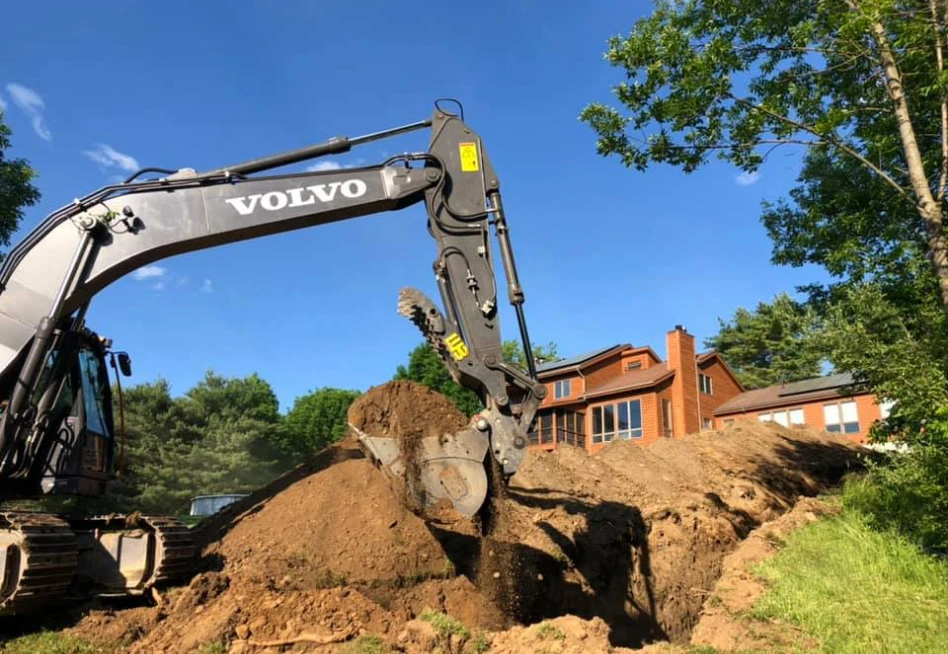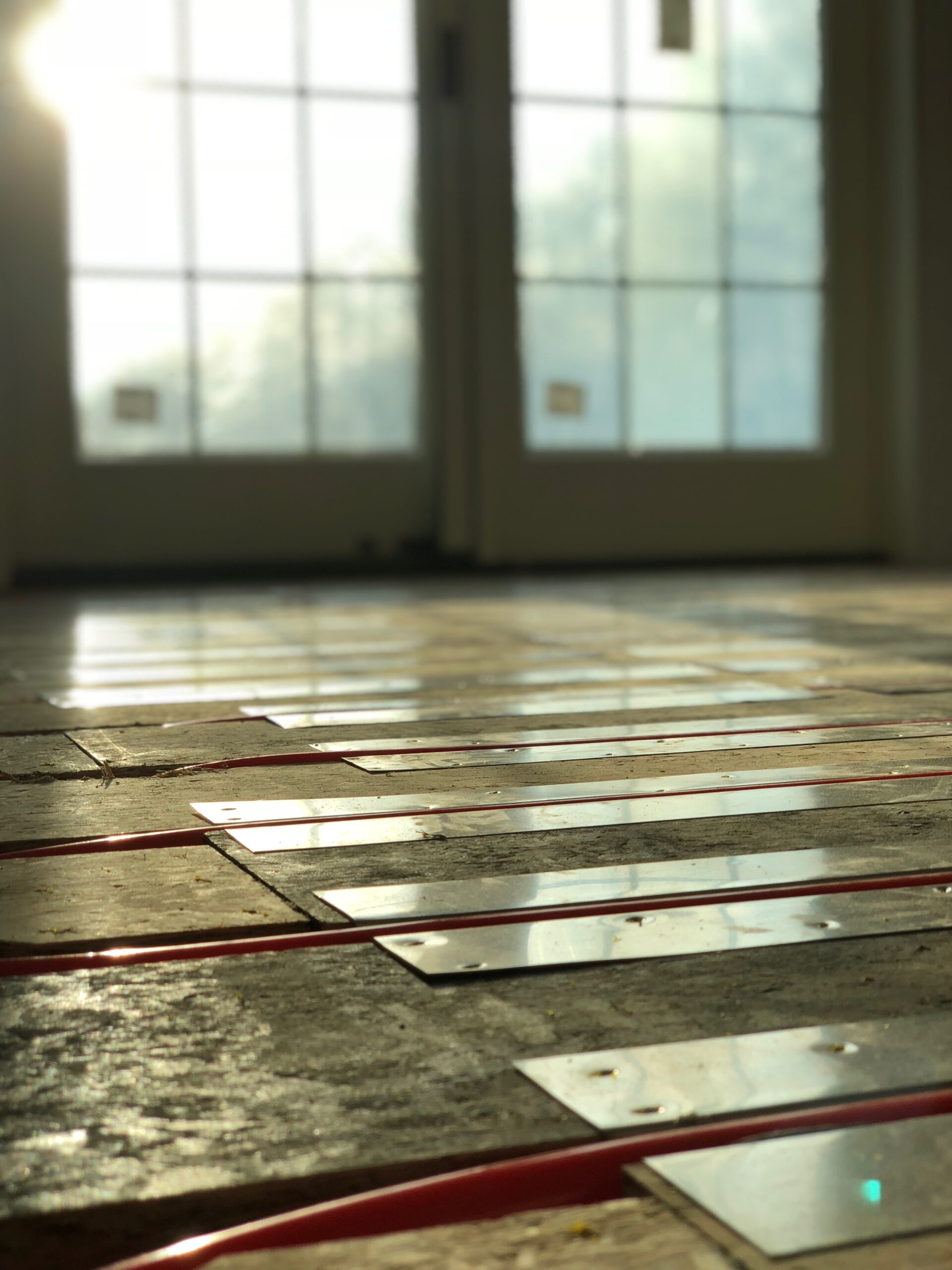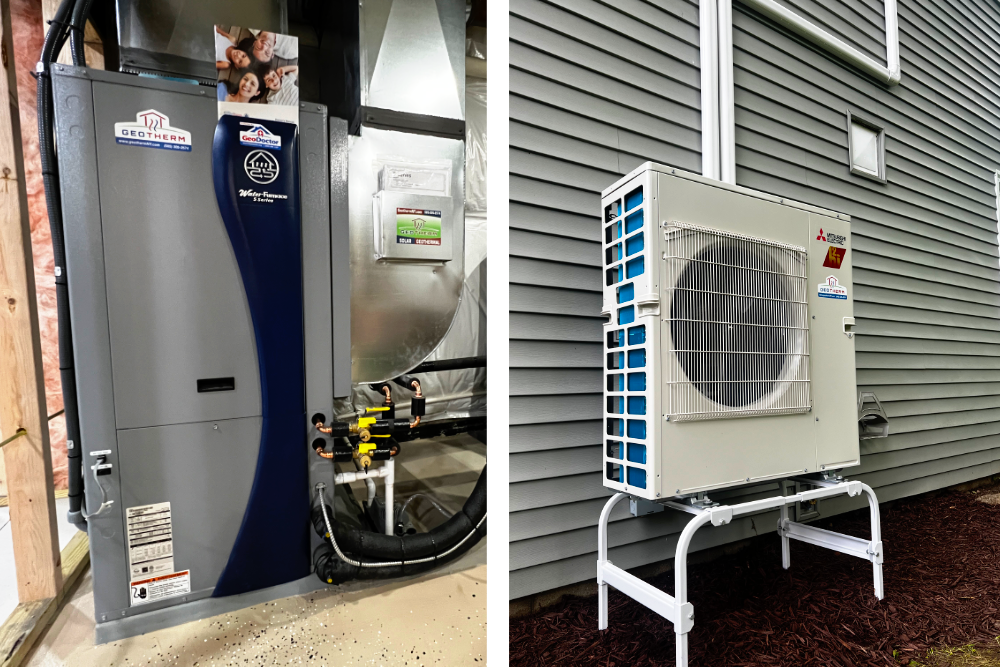Unlike with a traditional HVAC system, a geothermal system cannot be installed on the fly in most cases. It takes time to make sure the installation is done correctly, but if it is you will save big on installation and energy costs. So why does it take more time?
There needs to be a site analysis.
Prior to any geothermal installation, a site visit takes place to ensure the feasibility of the project. Not every home is suited for a geothermal system. There may not be enough room for the loops, your homes distribution (baseboard, ductwork) may not be adequate for the geothermal system, or your electrical service might not match what the system needs. The site visit ensures that when a crew shows up for the installation there are no surprises, or hidden costs, and that we have all materials and equipment to do a timely installation.
There is a permitting process.
Since geothermal systems require digging, or drilling, there is a permitting process with your local municipality. This could take a week, or a month depending on your municipalities.
Design, engineering and installation needs to be precise.
Geothermal systems are not one size fits all. A geothermal system must be sized to meet between 100% and 120% of your home’s heating load to claim the New York State utility rebate. With the information gathered from the site review our engineers run a heat loss analysis and create a customized system design to meet the needs of your home.
Additionally, installation of the system takes time. The loops need to be assembled and pressure tested, trenches/wells need to be dug/drilled and buried, the loops need to feed into your home through the basement wall, a pump for the loops needs to be installed, and then the loops need to be filled. With our installations we always make sure we take the extra time to double-check everything to assure the installation is perfect.
One other difference from a traditional HVAC system is the need for an electrical inspection. Geothermal systems use high and low voltage wiring, meaning they need to be inspected by a certified electrician to receive rebates.
You will pay a premium with a traditional HVAC system.
While replacing a traditional fossil fuel system can be done quickly, if you wait until the point of failure, it can also be costly. If part of your traditional HVAC system dies and you need it replaced immediately, the companies know they can charge a premium for quick installation. This can sometimes be triple what the system would cost if the installation was not urgent.







